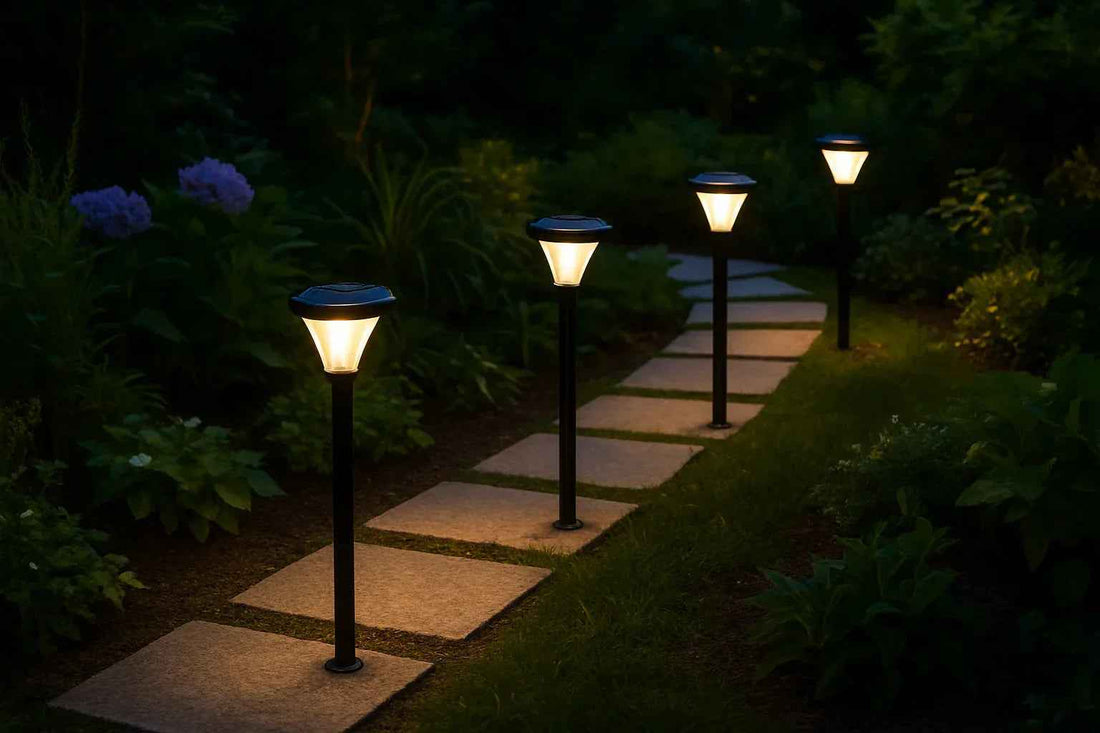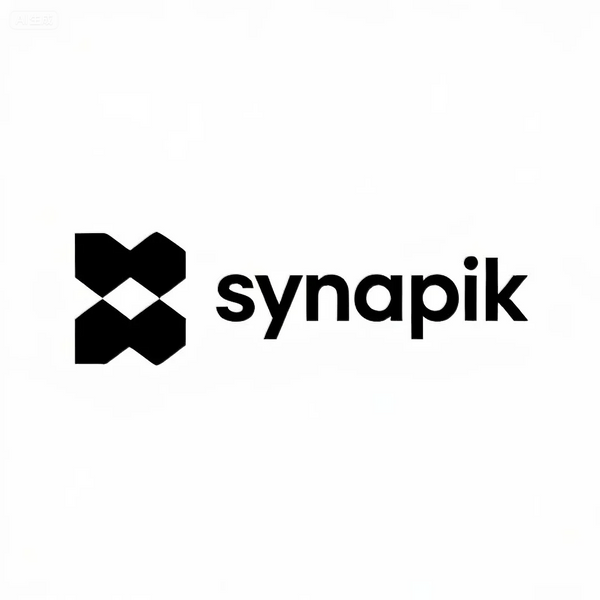
The Future of Smart Energy & Lighting: Innovations, Trends, and Smart Cities in 2025
Share
Entering a Smarter Future
The year 2025 marks a turning point in global energy and lighting solutions. As the world faces growing challenges around climate change, rising energy costs, and urbanization, Smart Energy & Lighting has emerged as a game-changing solution. This revolution is powered by IoT, AI, renewable energy, and smart city infrastructure.
At Synapik, we see Smart Energy & Lighting not just as a product, but as a vision for a sustainable and connected future. In this article, we’ll explore the key innovations, emerging trends, and how smart cities are embracing these technologies to transform daily life.
Innovation 1: AI-Powered Energy Optimization
Artificial Intelligence is central to the future of Smart Energy & Lighting. AI-driven systems can:
-
Predict energy demand based on real-time data
-
Adjust lighting automatically for maximum efficiency
-
Integrate with renewable sources for balanced power distribution
Synapik has already implemented AI models that allow homeowners and businesses to save up to 40% in energy costs.
Innovation 2: IoT-Enabled Smart Networks
The Internet of Things connects millions of devices into intelligent networks. In lighting, IoT allows:
-
Remote control via smartphones
-
Automated schedules
-
Real-time monitoring of energy consumption
For smart cities, IoT networks link streetlights, traffic signals, and energy grids, creating responsive and adaptive urban environments.
Innovation 3: Renewable Energy Integration
Traditional grids can no longer meet the sustainability demands of modern life. Smart Energy systems integrate seamlessly with:
-
Solar panels for daylight power
-
Wind turbines for renewable generation
-
Battery storage for reliable backup
Synapik specializes in hybrid systems, ensuring continuous efficiency regardless of weather or demand fluctuations.
Trend 1: Human-Centric Lighting
The future of Smart Energy & Lighting is not only about saving energy—it’s about improving well-being. Human-centric lighting adjusts to natural circadian rhythms, supporting:
-
Better sleep at home
-
Improved focus in offices
-
Enhanced customer experience in retail spaces
Trend 2: Decentralized Energy Grids
Instead of relying on central power plants, smart cities are shifting to microgrids. These decentralized systems are powered by renewable energy and managed through intelligent software.
Trend 3: Sustainability as a Priority
Governments, corporations, and individuals are demanding eco-friendly solutions. Smart Energy & Lighting reduces carbon footprints, aligning with international sustainability goals like the UN’s Net Zero Agenda.
Smart Cities of 2025: A Vision Realized
Smart Energy & Lighting is the backbone of smart cities. Here’s how:
-
Smart Street Lighting: Lights adjust to traffic flow, reducing urban energy waste.
-
Integrated Energy Systems: Buildings share energy through smart grids.
-
Data-Driven Decisions: Cities use analytics to optimize power distribution.
Cities adopting Synapik technology benefit from lower energy costs, improved safety, and sustainable urban growth.
Why Synapik Is Leading the Future
At Synapik, we’re driving the future of Smart Energy & Lighting through:
-
Innovative IoT and AI technologies
-
Seamless renewable integration
-
Customized solutions for homes, businesses, and cities
-
Commitment to sustainability and smart city development
By investing in Synapik, you’re not just buying technology—you’re becoming part of a smarter, greener movement.
FAQs About the Future of Smart Energy & Lighting
Q1: What role will AI play in Smart Energy & Lighting?
AI will drive predictive energy use, ensuring maximum efficiency and sustainability.
Q2: Can Smart Energy & Lighting power entire cities?
Yes. Smart grids and IoT make it possible to manage city-wide energy demands efficiently.
Q3: Will these systems work with existing infrastructure?
Synapik provides retrofit solutions that upgrade traditional systems without full replacements.
Q4: How does human-centric lighting help businesses?
It boosts productivity, improves employee health, and enhances customer experiences.
Q5: Are Smart Energy & Lighting solutions expensive?
Initial costs are higher, but long-term savings on energy and maintenance outweigh the investment.
Q6: How is Synapik different from other providers?
We combine cutting-edge technology with a focus on sustainability and scalability, offering solutions for both individual users and entire cities.
